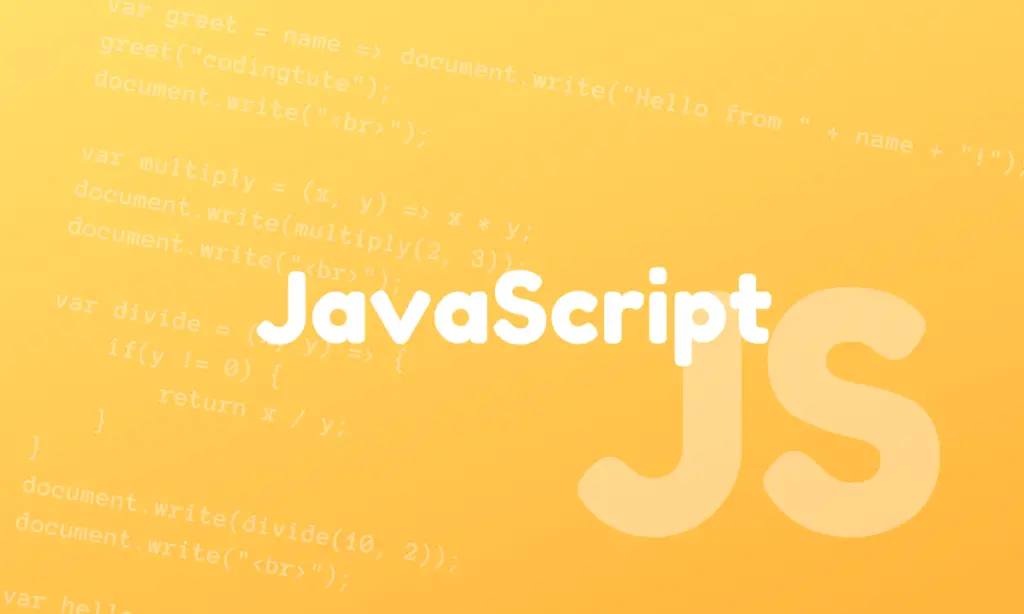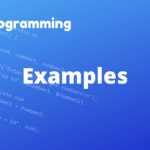In JavaScript, type conversion refers to the process of changing the type of a value from one type to another. There are two types of type conversion in JavaScript: implicit and explicit.
Implicit type conversion occurs automatically when you perform an operation on values of different types. For example, if you add a number and a string, JavaScript will automatically convert the string to a number and perform the addition.
Explicit type conversion, on the other hand, requires you to use a function to convert a value from one type to another. Some of the functions you can use for explicit type conversion in JavaScript include:
Number(): Converts a value to a number.String(): Converts a value to a string.Boolean(): Converts a value to a boolean.parseInt(): Converts a string to an integer.parseFloat(): Converts a string to a floating-point number.
Here are some examples of type conversion in JavaScript:
let x = "10";
let y = 20;
// Implicit type conversion:
let z = x + y; // z will be "1020" (string)
// Explicit type conversion:
let a = Number(x); // a will be 10 (number)
let b = String(y); // b will be "20" (string)
let c = Boolean(x); // c will be true (boolean)
let d = parseInt(x); // d will be 10 (number)
let e = parseFloat(x); // e will be 10 (number)
It’s important to note that type conversion in JavaScript can sometimes have unexpected results, especially when dealing with non-primitive values like arrays and objects. It’s always a good idea to be careful and explicit about type conversion when necessary in your code.
You can find the complete JavaScript Tutorials here.
Follow us on Facebook, YouTube, Instagram, and Twitter for more exciting content and the latest updates.


